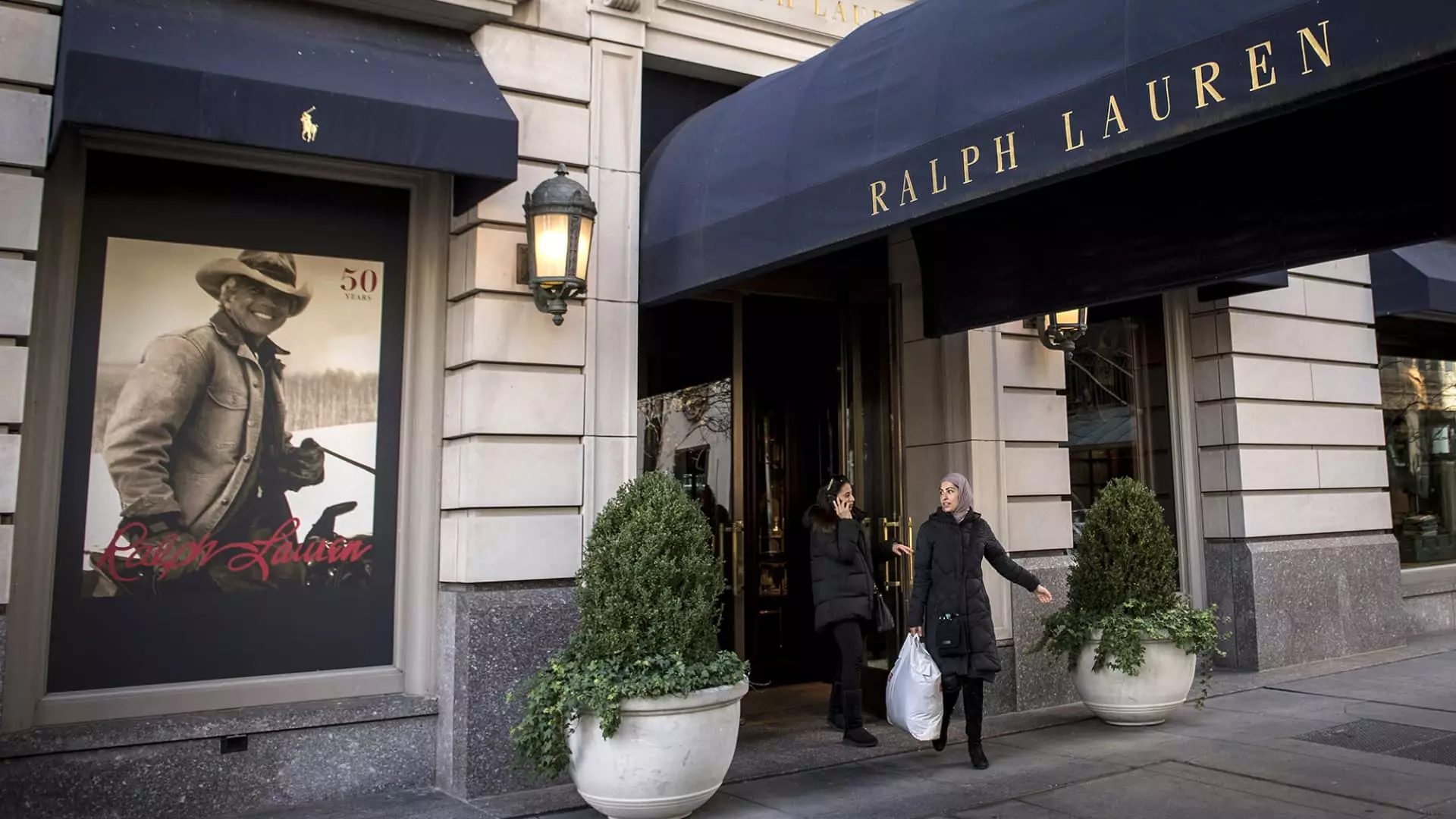Ralph Lauren has bounced back with a striking 2.8% surge after Goldman Sachs shifted its stance from neutral to buy. This upgrade throws light on the luxury fashion brand’s strategic positioning, particularly its lesser vulnerability to tariffs compared to its competitors. In today’s globally intertwined market, where protectionist sentiments loom, Ralph Lauren’s nimble approach stands out. It’s a reminder that not all brands are created equal, and those cleverly navigating economic headwinds can outshine their rivals. The allure of luxury, amidst economic distress, can draw consumers in, suggesting that Ralph Lauren’s future may be more promising than anticipated.
Duolingo: Language Learning’s Bright Horizon
Duolingo’s modest 1.5% rise following an upgrade to outperform by Citizens JMP Securities reveals the potential simmering beneath the surface. Analyst Andrew Boone’s insights highlight the possibility that the company’s Max subscriptions could supercharge its growth. The valuation appears attractive, tapping into a burgeoning market where the pursuit of bilingualism has become a marker of socio-economic status. In an age where personal branding is paramount, Duolingo represents more than just a language app; it symbolizes an aspiration-building tool. However, one must wonder if such app-driven solutions can weather the competitive storm that is the tech landscape. With the looming presence of traditional educational methods, Duolingo could either soar or face stagnation depending on its adaptability.
Peabody Energy: A Resurgence in Fossil Fuels
In a surprising twist, Peabody Energy’s stock surged 4.8% after a blessing from former President Donald Trump regarding coal production. It’s a stark reminder of how politics can influence market dynamics. However, this spike feels like a temporary aberration. The long-term viability of coal in the energy sector is under intense scrutiny, as the world increasingly pivots towards renewable sources. While Peabody’s immediate future may seem illuminated by political endorsement, it’s essential to question whether reliance on such outdated energy sources is sustainable. The company is trapped in a paradox where its short-term gains come at the expense of long-term credibility in an evolving energy landscape.
Kodak’s Unexpected Turnaround: Hope from the Past?
Eastman Kodak’s impressive 4% increase in shares after reporting a $26 million net income is intriguing. For a brand heavily weighed down by its historical decline, such a jump feels like a nostalgic comeback, echoing the cinematic spin of unlikely heroes. The film and chemicals industry is fraught with challenges in the digital age, and it’s hopeful yet perilous for Kodak to stake its claim in this domain. As they rediscover their identity, one questions whether they can truly pivot into the future while balancing their storied past. It’s a narrative that might captivate investors, but substantial risks remain.
Market Volatility: Tesla and Beyond
Tesla, despite its innovative prowess, faced a 3% drop amid intensified competition and lowered price targets from analysts. This volatile dynamic underscores a crucial reality in the automotive sector; innovation is a double-edged sword. While Tesla breaks new ground in electric vehicles, rivals are rapidly catching up, often with far more attractive price points. The rollercoaster ride that is Tesla’s market performance serves as a metaphor for the ebbs and flows of the technology market—where today’s trailblazers can quickly become tomorrow’s has-beens if they fail to maintain their competitive edge.
As we navigate this volatile market landscape, these stories illustrate a critical lesson: while headlines may momentarily captivate, underlying fundamentals and strategic foresight will ultimately determine the sustenance of growth.

